
St Cuthbert Church, Carlisle
Carlisle, GB
This church dates back to 1778. It is rumored to have been built before st. Cuthbert's visit to Carlisle in 685.
Here you can search for a building to visit. You can use the map find destinations, or you can use the filters to search for a building based upon what different criteria.

Carlisle, GB
This church dates back to 1778. It is rumored to have been built before st. Cuthbert's visit to Carlisle in 685.
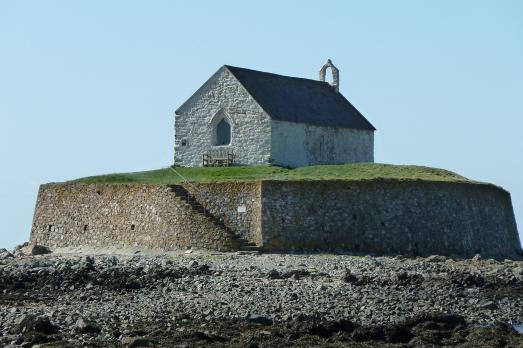
Llangwyfan, GB
It may seem an odd and perilous place to build a church, but St Cwyfan's originally stood at the end of a peninsula between two bays, Porth Cwyfan and Porth China, as shown on John Speed's map of Anglesey from 1636. In the decades after this the sea slowly eroded the coast in the two bays enough that the peninsula was cut off, turning it into an island.
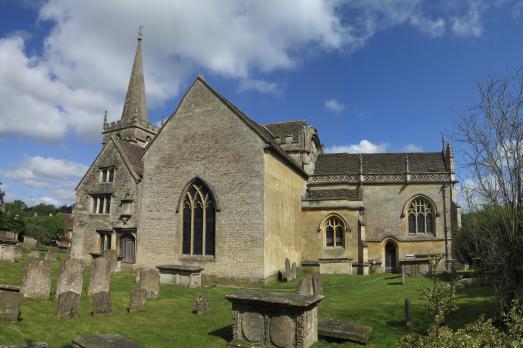
Chippenham, GB
St Cyriac's Church was built in the 14th and 15th century on the site of a former Saxon church. This Norman-style church is worth a visit for its gargoyles and decorative vaulting.

Zagreb, HR
The Cyril and Methodius church was built around 1830 in neoclassical style by the architect Bartol Felbinger. The building had to be rebuilt after the earthquake in 1880. The new church was constructed in a neo-Byzantine style after a design by Hermann Bollé.
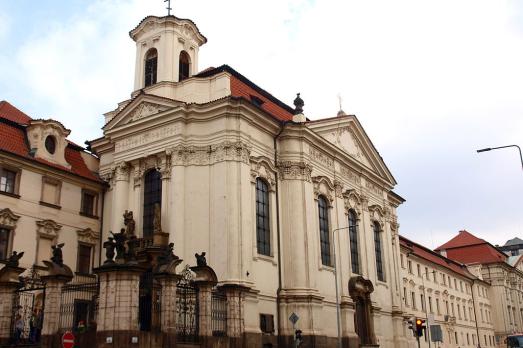
Prague, CZ
Its foundation stone was laid in 1854 in the presence of Emperor Francis Joseph I, a tribute to the support of the Habsburg monarchy by the First Congress of Panslav in Prague as a political formation that is most likely to protect the peoples of Central Europe.
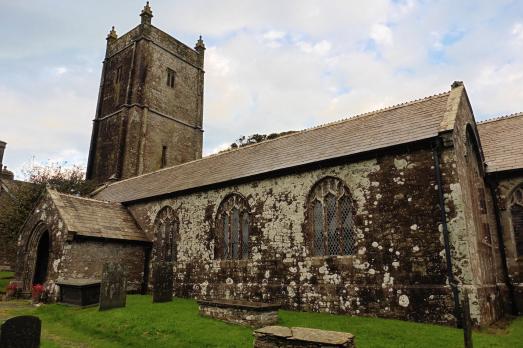
Davidstow, GB
Davidstow means David's Place and according to legend the church was founded by St David in the 6th century, whilst visiting his mother at nearby Altarnun.
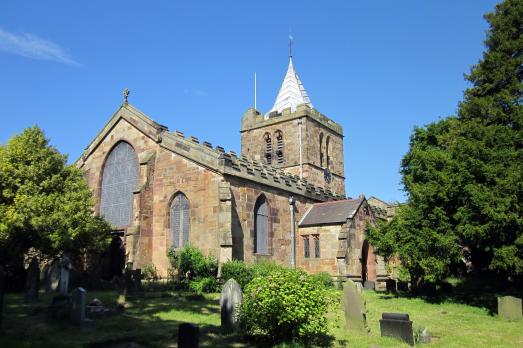
Hawarden, GB
Named after Deiniol, one of the major Welsh saints,there has been a church on this elevated site since the 6th century. The congregation is proud of the church's association with the family of Victorian Prime Minister, William Ewart Gladstone. ‘The Great Fire' on 29th October 1857 destroyed much of the building, but it was restored and features many stained glass windows by eminent artist Edward Burne-Jones. The reredos depicting the Last Supper is attributed to Gilbert Scott.

Sliven, BG
The present building of St Demetrius' Cathedral in Sliven was built from 1831 to 1834 on a former wooden church site. In 1966 the church was declared a cultural monument of local importance. In the spring of 1971, the National Institute of Cultural Monuments undertook the restoration and conservation of the iconostasis.
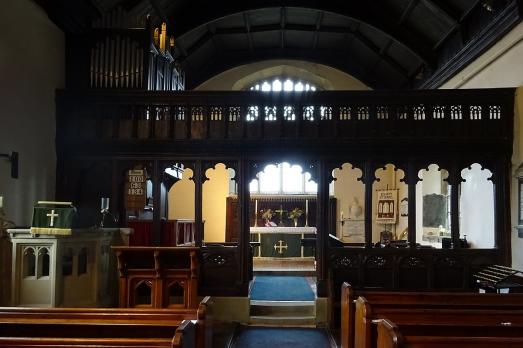
Llandderfel, GB
The church is first recorded in the Taxatio of 1291 as the ‘Eccl'ia de Landervael. The present church is an early Tudor rebuilding, probably of the early 16th century and is a single chamber parish church. This church is dedicated to Derfel Gadarn (Derfel the Mighty) a warrior saint of the 6th century. A shrine was also dedicated to him on the slopes of Mynydd Maen. This shrine belonged to the religious house of Llantarnam.
Split, HR
In 1245, the Dominicans built their monastery next to it. By the way, with the establishment of begging orders in the 13th century, a new type of church-monastery complex appeared with the cloister as the main spatial accent around which monastery buildings were built. Such buildings were regularly located near the city walls and gates, as was the case with Split's Dominican church-monastery complex, which was built on the east side of the medieval city, outside the city walls, next to the Silver Gate. According to some historians, it was founded by the Blessed Gregory of Split, who met in Italy with St. Dominic. D. Farlati says that the Dominicans came to Split for Bela IV, when the Archbishop of Split was Hugrin. The news about the presence of Dominicans in Split is given by Thomas the Archdeacon, so we can say with certainty that the Dominicans have been in Diocletian's city since 1245. Before that, there was only a Dominican monastery in Croatia in Dubrovnik, founded in 1225. Some data state that as early as 1243, the Dominicans participated in the election of the bishop of Split. Soon after Split, the surrounding monasteries were founded in Trogir, on Ciovo.

new
Nestled amidst the serene landscapes of the Harz region, lies a hidden gem for nature enthusiasts and history buffs alike - the Harz Monastery Hiking Trail. Lace up your hiking boots and embark on this captivating adventure that will transport you back in time.

The Holy Mile (Miglio Sacro) of Naples is a one-mile-long itinerary, through sacred places linked to the city's patron saint, San Gennaro, in the Rione Sanità district. Discover the city from a new perspective with this unique walking tour.

As a university city, cultural offerings abound in Tartu and will reach their peak after being designated one of three European Capitals of Culture for 2024. In this list, we've compiled the most interesting sacred places to visit in and around the old town.